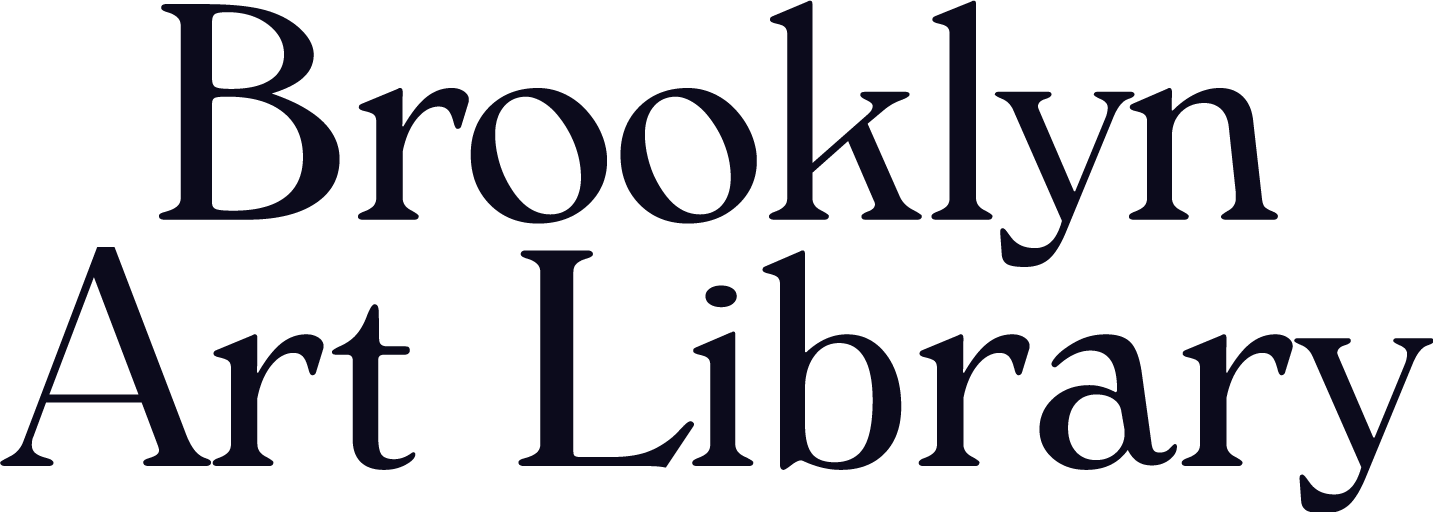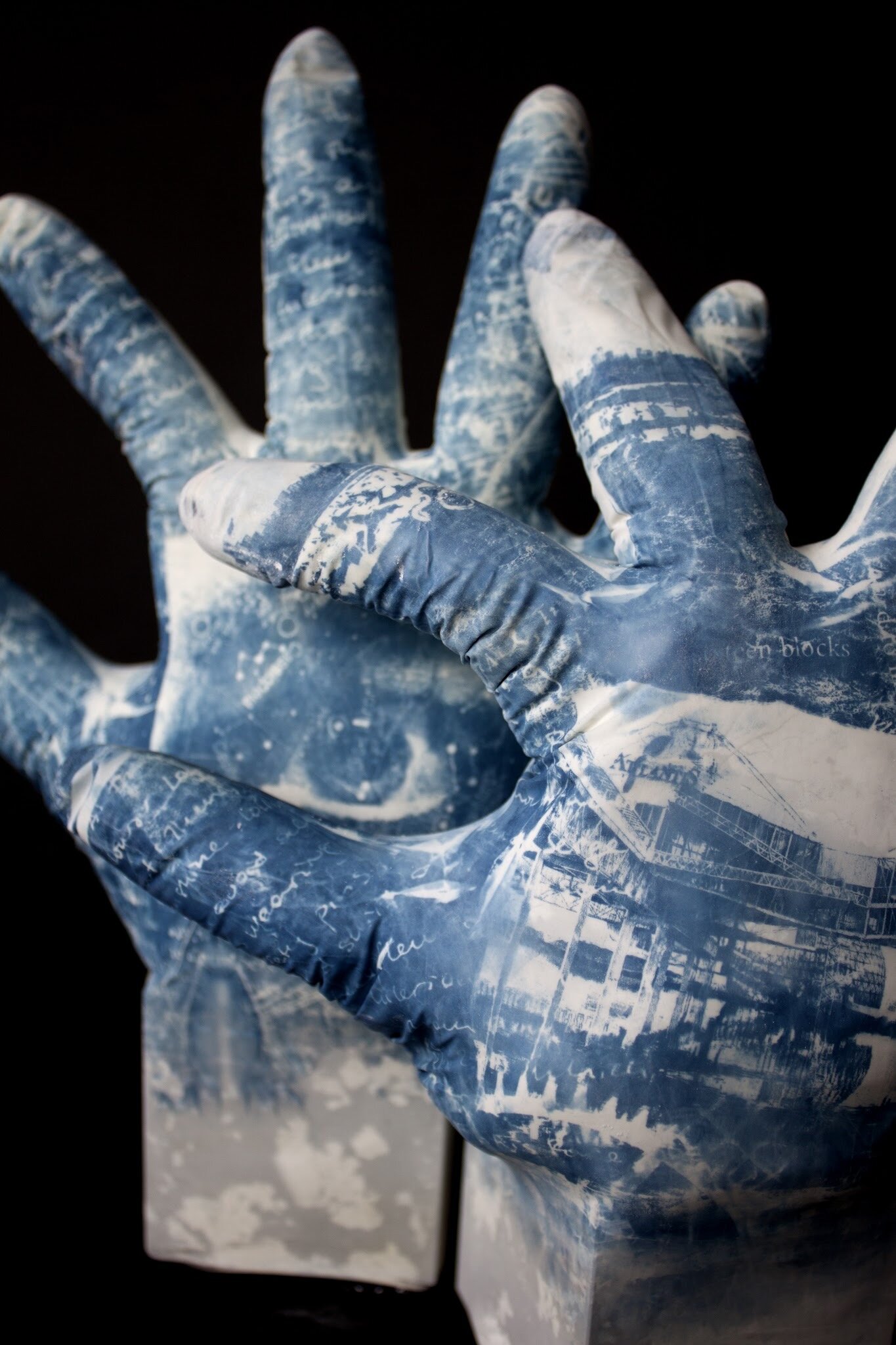Beyond the Page: Natalia Tcherniak
Natalia Tcherniak is multimedia artist and architect based in Toronto, Ontario, Canada who is currently working on a Volume 16 sketchbook. Read on to learn more about Natalia’s practice, cyanotype process and other projects.
Tell us about yourself!
I was born in Moscow, Russia, and came to Canada in my early teens. I am professionally trained and licensed in architecture, working on mainly health care and institutional projects across the country. My artistic practice spans from sketching, to printmaking, alternative photography, installation, theatre set design, and burlesque performance. I mostly work out of my home studio that I share with my cat.
How were you first introduced to art?
I come from a fairly artistic family, comprised mainly of architects, actors, and ceramic artists. At the age of seven, I enrolled into an art school in Moscow that was focusing on creative and innovative thinking, rather than any skills or techniques, so I was taught conceptual art before anything else. That stayed with me for the rest of my life and practice.
When did you participate in the sketchbook project? What was that process like for you?
I signed up for the Sketchbook Project this February (2020). Originally I wanted to create a coherent narrative, unfolding the story spread by spread. But then I realized that I need to let it have a life of its own, and be a lot more organic in its flow. So it has been a very liberating process – trying out different media, different colours, subjects, and tying it loosely back to a main theme.
When did you start working in cyanotypes? Why did you choose this medium?
I learned the technique in an Alternative Processes in Photography workshop in my last year of undergrad. Of all the processes we learned, cyanotype was the most appealing for its simplicity and minimal equipment requirement, which meant I could do it anywhere. But the main reason I stuck with it is its ability to combine gesture, precision, science, and serendipity. I essentially paint with photography, and then leave it up to the sun to complete.
How does the medium relate to the concepts in your work?
A lot of my work is related to architecture, construction and composition of elements. Cyanotype is the original process for creating blueprints, so there is a strong connection to historical printmaking and architectural drawings. I like to interpret and apply precision drawing rules to things that are vague, abstract or ephemeral. One of my main concepts is “self-section”, trying to depict a human soul as a wall construction assembly.
What subjects are you interested in? Where do you find inspiration for the images in your work?
We exist in a network of relationships, visible and invisible, conscious and unconscious. We connect directly and indirectly to other people, things, concepts, events, places, and everything around us. Overarching theme in my work is a search for orientation with these connections. I am interested in conceptual, site-specific and alternative ways of depicting history, perception, and communication that would enable multiple readings of the work. Tracing, erasing, and redrawing connections between places and people is a way of searching for new emergent patterns that have been created out of complexity of interactions. I seek inspiration in the built environment, abandoned, and incidental spaces, systems of orientation, and an ongoing process of self-discovery.
What other mediums do you like to work in? How do they figure into your larger practice?
I really enjoy sketching and drawing in ink, doing ink washes. I always have a sketchbook on the go, I carry it around with me at all times. It becomes a travel journal, a record of thoughts, a draft for new ideas. Everything is always born in a sketchbook. When I do large and medium scale installations, the planning begins with an ink sketch in the book. I always do my own construction, whether it is for installations, for theatre set design, or even for friends’ wedding chuppahs, and all the preliminary sketches for these, I keep in the sketchbook. I also do acrylic and mixed media paintings that often become a result of exploration of my main themes, such as connective tissue or psychogeography.
Can you describe “psychogeography” and how it plays into your work/process?
The concept was first introduced and explored by the Situationists in the 1950s as a way of drifting through the urban world guided by your own individual logic alone. I see psychogeography as a way to construct and navigate through a layer of Connective Tissue. I map new paths of intersection between architecture and psyche as I explore my own psychological construction assembly and the dystopian environment I call home. One of the small installations I’ve done involved mapping my daily cycling route along the lake, as it relates to a piece of fiction I’ve been working on.
How has the current quarantine situation impacted you creatively?
Supplies and space became scarce or unavailable, but I wouldn’t say creativity itself got impacted. I mainly create alone, and can make do with basic necessities. It became harder to engage with strangers; the texture and the experience of the works got lost in the digital.
How can people support your work?
By viewing and sharing, and spreading the word, reaching a larger audience. I post regularly on my website (blueprintjam.com), and on Instagram (@nattchbob). I also sell my prints, take commissions and do custom work, for anyone who is able to relate to any of my art.








